Home>Garden Essentials>How Much Corn Seed Needed Per Acre
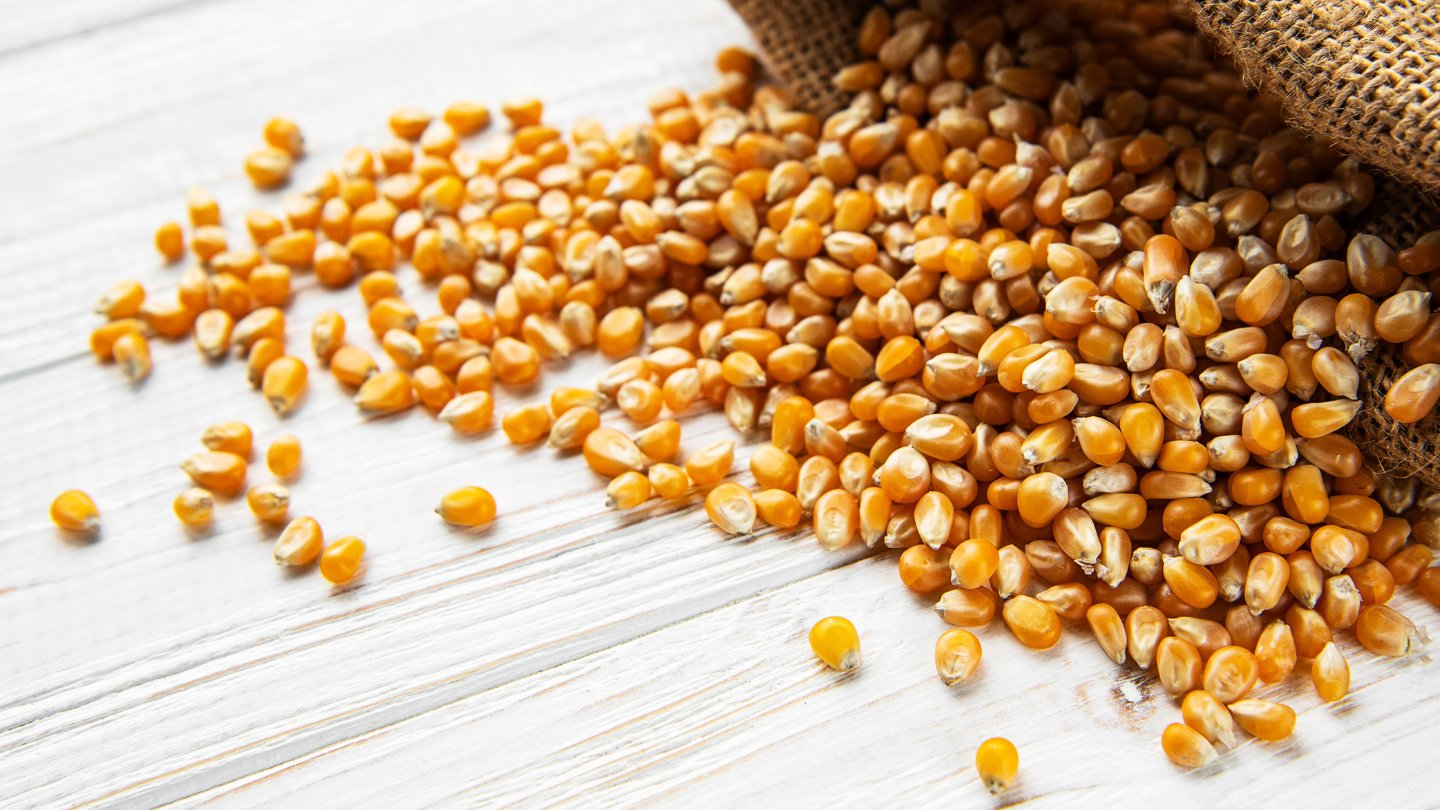

Garden Essentials
How Much Corn Seed Needed Per Acre
Modified: March 16, 2024
Find out the ideal amount of corn seed needed per acre for your garden. Maximize your yield with proper sowing techniques and optimal spacing.
(Many of the links in this article redirect to a specific reviewed product. Your purchase of these products through affiliate links helps to generate commission for Storables.com, at no extra cost. Learn more)
Introduction
Welcome to our comprehensive guide on determining the ideal amount of corn seed needed per acre. Whether you are a seasoned farmer or someone who is just beginning their journey in the world of gardening, understanding the appropriate corn seed requirements is crucial for a successful harvest. Planting the right amount of seed ensures optimal crop density, maximizes yield potential, and minimizes wasted resources.
Corn, or maize, is one of the most popular and widely cultivated grain crops in the world. It serves as a staple food for both humans and animals, and its versatility makes it a key ingredient in various food products and industrial applications. When it comes to planting corn, the quantity of seeds per acre plays a vital role in achieving desirable results.
Factors such as soil fertility, climate conditions, seed quality, and desired yield goals can influence the recommended corn seed rates. Additionally, it is important to consider the specific variety of corn being planted, as each variety may have unique characteristics that impact the seed requirement. By understanding these factors and following guidelines tailored to your specific circumstances, you can ensure optimal plant population and set the stage for a successful corn harvest.
In this guide, we will explore the various factors affecting corn seed requirement, how to determine the ideal seed quantity per acre, and recommended seeding rates. We will also discuss how to adjust seed rates for different field conditions, allowing you to make informed decisions for your corn planting. Let’s dive in and unlock the secrets to maximizing your corn yield!
Key Takeaways:
- Planting the right amount of corn seed per acre is crucial for a successful harvest. Factors like soil fertility, climate, and seed quality influence the ideal seed quantity.
- Calculating the seeding rate and adjusting for field conditions are key to maximizing corn yield. Consult local experts for tailored recommendations.
Read more: How Much Is Corn Seed Per Acre
Factors Affecting Corn Seed Requirement
Several factors come into play when determining the amount of corn seed needed per acre. These factors directly affect the desired plant population, which in turn influences yield potential and overall crop performance. Understanding these factors will help you make informed decisions regarding seed quantity for your corn planting. Let’s take a closer look at the key factors influencing corn seed requirement:
- Soil Type and Fertility: The soil type and fertility level play a significant role in determining the ideal corn seed rate. In fertile soils with high organic matter content and nutrients, you may be able to achieve higher plant populations, as the soil can support more vigorous plant growth. In contrast, poor or sandy soils may require lower seed rates to account for limited nutrient availability.
- Climatic Conditions: Climate conditions, including temperature, rainfall patterns, and length of growing season, impact corn growth and development. These factors influence the rate of germination, emergence, and overall crop establishment. In regions with shorter growing seasons or unpredictable weather conditions, higher seed rates may be necessary to compensate for potential delays in growth.
- Desired Yield Goals: Your yield goals or expected crop production can guide the choice of seed rate. Higher yield goals may warrant higher plant populations to maximize the potential yield. Conversely, if you are targeting lower yields or specific market demands, lower seed rates may be sufficient.
- Seed Quality: The quality of the corn seed itself is a crucial factor. Seeds that are genetically superior and have undergone proper treatment and storage are more likely to germinate and establish successfully. By using high-quality seeds, you can minimize the risk of poor seed emergence and ensure that the desired plant populations are achieved.
- Corn Variety: Different corn varieties have varying traits and growth characteristics. Some varieties may have stronger tillering abilities, better disease resistance, or higher lodging tolerance. These factors can influence the recommended plant population for optimal growth and productivity.
It is essential to evaluate and consider these factors collectively to determine the appropriate corn seed requirement for your specific planting situation. Consulting with local agricultural extension offices, agronomists, or experienced farmers in your region can provide valuable insights on seed rates that work best in your area.
Determining Corn Seed Needed per Acre
Now that we have explored the factors that affect corn seed requirement, let’s discuss how to determine the ideal amount of seed needed per acre. Calculating the right seed rate is crucial for achieving optimal plant populations and maximizing crop yield. Here are the steps to help you determine the corn seed quantity required for your acreage:
- Identify your target population: The target population refers to the desired number of plants per acre. The recommended plant population can vary depending on factors such as soil conditions, climate, and variety. Commonly, a target population of 28,000 to 36,000 plants per acre is considered suitable for most field corn varieties, but it is essential to consult local resources for specific recommendations.
- Calculate seed spacing: Determine the row spacing and seed spacing within each row. Typically, row spacing for corn is around 30 to 36 inches, while seed spacing within each row is about 8 to 10 inches. Based on these measurements, you can determine the number of rows and the number of seed placements within each row per acre.
- Calculate the seeding rate: To calculate the seeding rate, you need to multiply the target plant population by the number of seed placements per acre. For example, if your target population is 32,000 plants per acre and you have 30-inch row spacing with 8-inch seed spacing within each row, your calculation would be as follows:
Seeding Rate = Target Population (plants/acre) x Number of Seed Placements per Acre
Seeding Rate = 32,000 plants/acre x [(43,560 sq ft/acre) / (30 inches x 8 inches)] - Adjust for seed germination and emergence: It is important to account for potential seed germination and emergence rates. Seed germination rate refers to the percentage of viable seeds that will sprout, while seed emergence rate represents the percentage of germinated seeds that will successfully emerge from the soil. Adjust the seeding rate accordingly by dividing the calculated seeding rate by the seed germination rate and seed emergence rate percentages.
By following these steps and considering the appropriate adjustments for germination and emergence rates, you can determine the specific quantity of corn seed needed per acre for your planting. It is always a good practice to slightly overestimate the seed quantity to account for any unforeseen losses or variations in field conditions.
Next, let’s explore the recommended corn seeding rates to help you make informed decisions and ensure the best possible outcome for your corn crop!
The recommended seeding rate for corn is 22,000 to 35,000 seeds per acre, depending on the variety and soil conditions. It’s important to consider factors like planting depth and spacing to achieve optimal yield.
Recommended Corn Seeding Rates
When it comes to planting corn, using the recommended seeding rates is crucial to achieve optimal stand establishment and maximize yield potential. The appropriate seeding rate depends on various factors such as soil conditions, climate, corn variety, and desired yield goals. Here are some general guidelines for recommended corn seeding rates:
- Field Corn: For field corn, a common target population is around 28,000 to 36,000 plants per acre. This translates to a seeding rate of approximately 32,000 to 38,000 seeds per acre, accounting for seed germination and emergence rates. However, it is important to consult local recommendations or seed supplier guidelines for specific varieties and regional considerations.
- Sweet Corn: Sweet corn varieties are typically planted at higher populations compared to field corn. A target population of 20,000 to 24,000 plants per acre is commonly recommended for sweet corn. This corresponds to a seeding rate of approximately 24,000 to 30,000 seeds per acre. Again, consult specific variety recommendations and adjust for germination and emergence rates.
- Popcorn: Popcorn requires higher plant populations to ensure optimal pollination and kernel development. Recommended seeding rates for popcorn range from 26,000 to 36,000 seeds per acre, aiming for a target plant population of 20,000 to 24,000 plants per acre.
While these are general recommendations, it is important to consider other factors such as local climate, soil conditions, and specific corn varieties. Certain hybrids may have recommended seeding rates that differ from the average suggestions. It is always advisable to consult with seed suppliers, agronomists, or local agricultural extension offices for precise seeding rate recommendations tailored to your specific circumstances.
Additionally, be mindful of the seed size, as larger seeds may require fewer seeds per acre to achieve the desired plant population compared to smaller seeds. Consider the seed size and adjust your seeding rate accordingly to maintain the recommended target population.
Remember that the goal is to achieve an even and uniform stand of plants across the field. Proper seed spacing and planting depth will play a crucial role in achieving this goal. Following manufacturer’s guidelines for seed placement and utilizing appropriate seeding equipment can help ensure consistent and accurate seed placement.
Now that we have explored the recommended corn seeding rates, let’s discuss how to adjust seed rates for field conditions to optimize yield potential.
Adjusting Seed Rates for Field Conditions
While recommended corn seeding rates provide a good starting point, it is important to consider field conditions when determining the final seed rate. Field conditions can vary from one location to another, and adjustments may be necessary to optimize plant populations and maximize yield potential. Here are some key factors to consider when adjusting seed rates for field conditions:
- Soil Moisture: Dry soil conditions can hinder seed germination and emergence. In such cases, it may be beneficial to increase the seeding rate slightly to compensate for potential losses. On the other hand, excessively wet conditions may lead to reduced plant survival, and adjusting the seed rate downward can help prevent overcrowding.
- Seedbed Preparation: The condition of the seedbed can impact seed-to-soil contact and seedling emergence. In situations where the seedbed is compacted or has poor tilth, increasing the seeding rate can help offset potential seedling losses. Conversely, in well-prepared and optimal seedbed conditions, the standard recommended seed rate may be sufficient.
- Field Topography: Fields with varying topography, such as steep slopes or depressions, can influence soil moisture levels and plant availability. Adjusting the seed rate based on specific topographical features can help ensure more uniform plant populations and maximize yield potential.
- Disease and Pest Pressure: Fields with a history of disease or pest issues may benefit from slightly higher seed rates to account for potential losses. This is particularly important for diseases like seedling blight or pests like cutworms, which can cause significant damage to young corn plants.
- Delayed Planting: Late planting or adverse weather conditions can result in a shorter growing season. In these situations, it may be necessary to slightly increase the seeding rate to compensate for the reduced time available for plant growth and development.
Regular scouting and monitoring of field conditions throughout the growing season can help identify specific challenges that may require adjustments to the seed rate. By staying proactive and responsive to field conditions, you can optimize plant populations, minimize potential losses, and maximize the yield potential of your corn crop.
Remember, flexing the seed rate based on field conditions should be done with caution and carefully assessed. It is always advisable to consult with local experts, such as agronomists or extension specialists, who have knowledge and experience specific to your region and field conditions.
Now that we have covered adjusting seed rates for field conditions, let’s summarize the key points discussed in this guide.
Read more: How Many Seeds Per Acre For Corn
Conclusion
Determining the right amount of corn seed needed per acre is crucial for successful crop establishment and maximizing yield potential. Factors such as soil type, climate conditions, desired yield goals, seed quality, and corn variety all play a role in determining the ideal seed rate. By considering these factors and following recommended seeding rates, you can set the stage for a productive corn harvest.
Once you have identified your target population and calculated the seed spacing, determining the seeding rate becomes a straightforward process. Adjustments for seed germination and emergence rates ensure that you are planting the appropriate seed quantity for optimal plant populations. It is always advisable to slightly overestimate the seed quantity to account for any potential losses or variations in field conditions.
In addition to the recommended seeding rates, it is essential to consider field conditions when finalizing the seed rate. Factors such as soil moisture, seedbed preparation, topography, disease and pest pressure, and delayed planting can influence the appropriate seed rate. By making adjustments based on these field conditions, you can optimize plant populations and enhance the chances of a successful corn crop.
Remember to consult local agricultural resources, including agronomists, seed suppliers, and extension offices, for specific recommendations tailored to your region and circumstances. Their expertise and knowledge will provide valuable insights into seed rates that work best in your area.
Overall, by paying attention to the factors affecting corn seed requirement, following recommended seeding rates, and adjusting for field conditions, you are well-positioned to achieve optimal plant populations and maximize your corn yield.
Now that you have a comprehensive understanding of determining corn seed needed per acre, it’s time to put your knowledge into practice and grow a bountiful corn crop. Happy planting!
Frequently Asked Questions about How Much Corn Seed Needed Per Acre
Was this page helpful?
At Storables.com, we guarantee accurate and reliable information. Our content, validated by Expert Board Contributors, is crafted following stringent Editorial Policies. We're committed to providing you with well-researched, expert-backed insights for all your informational needs.
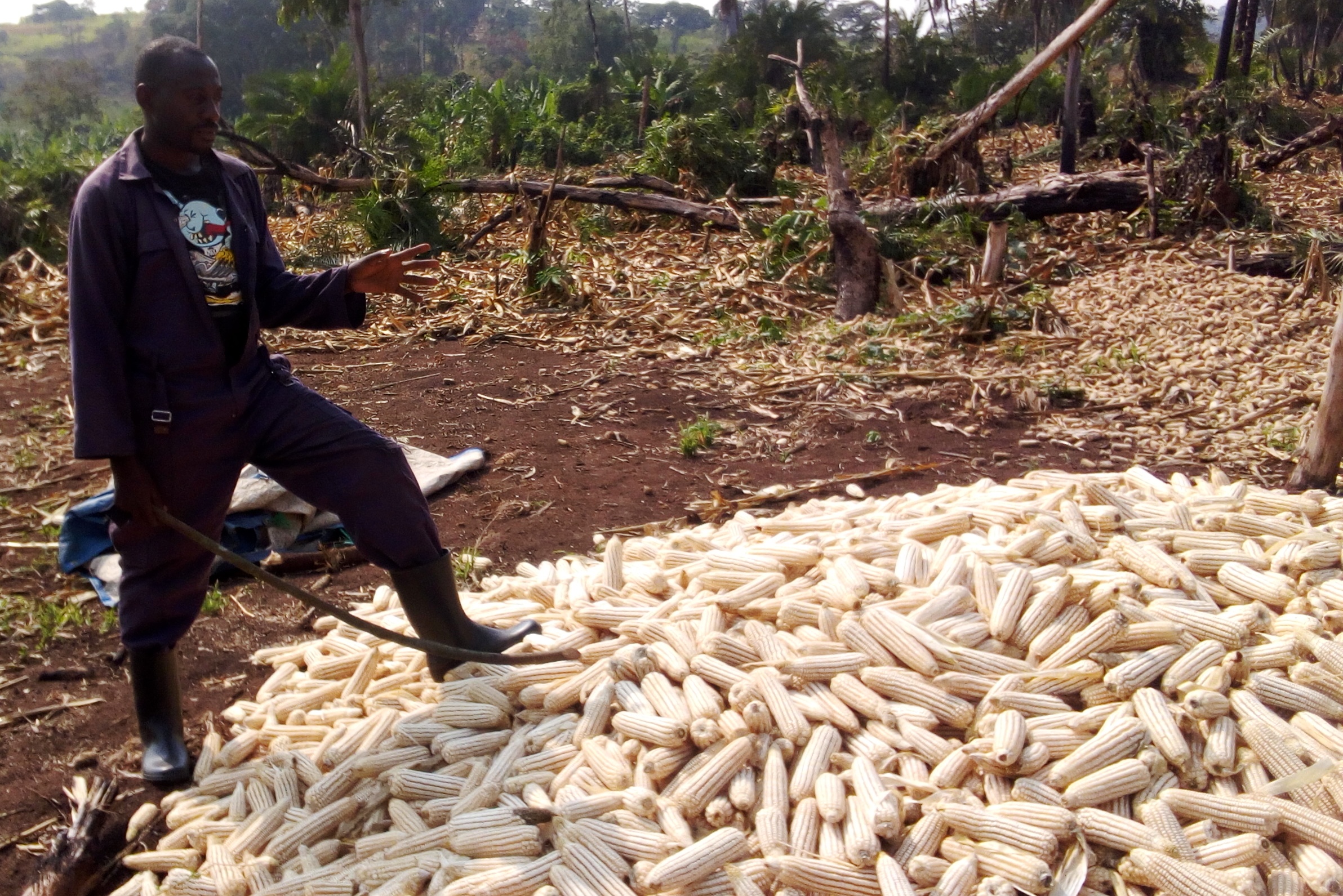
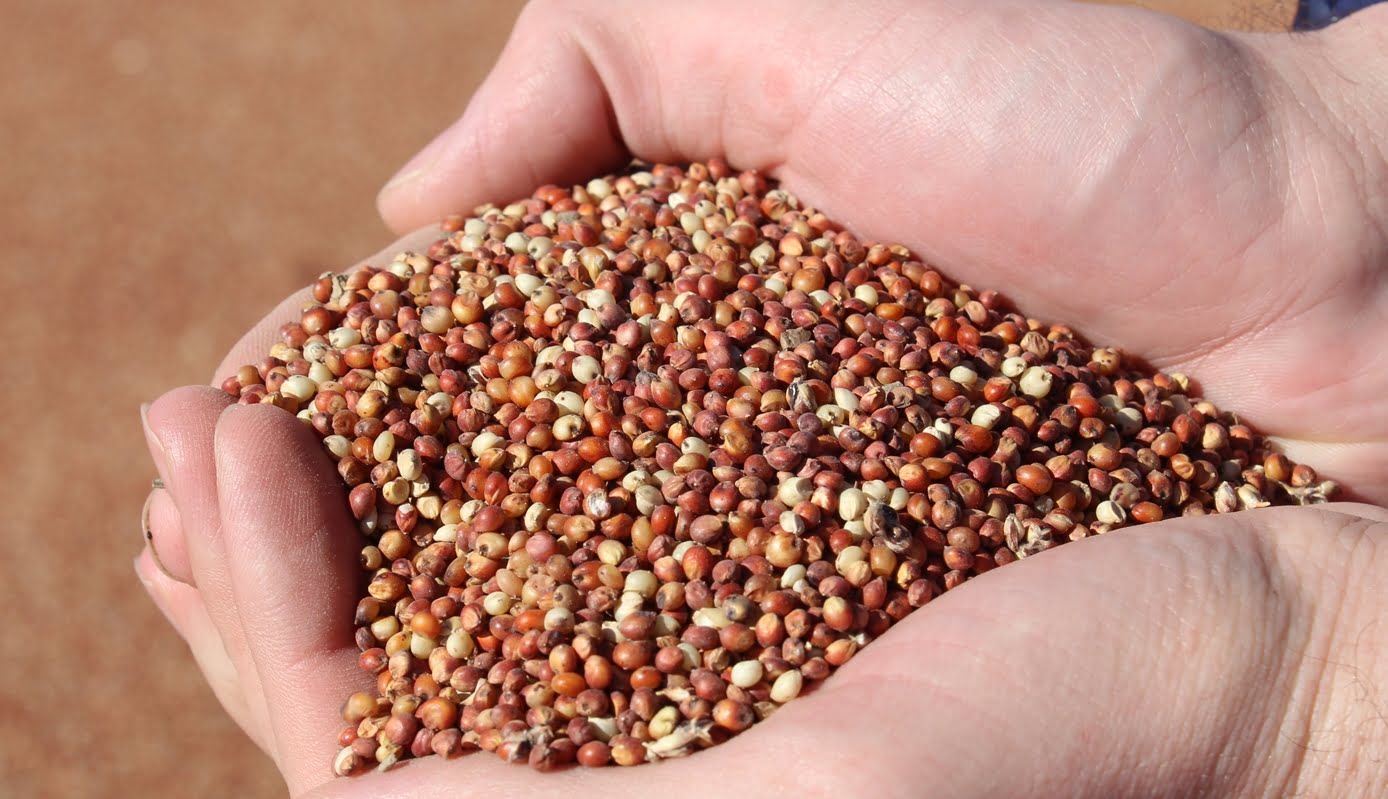
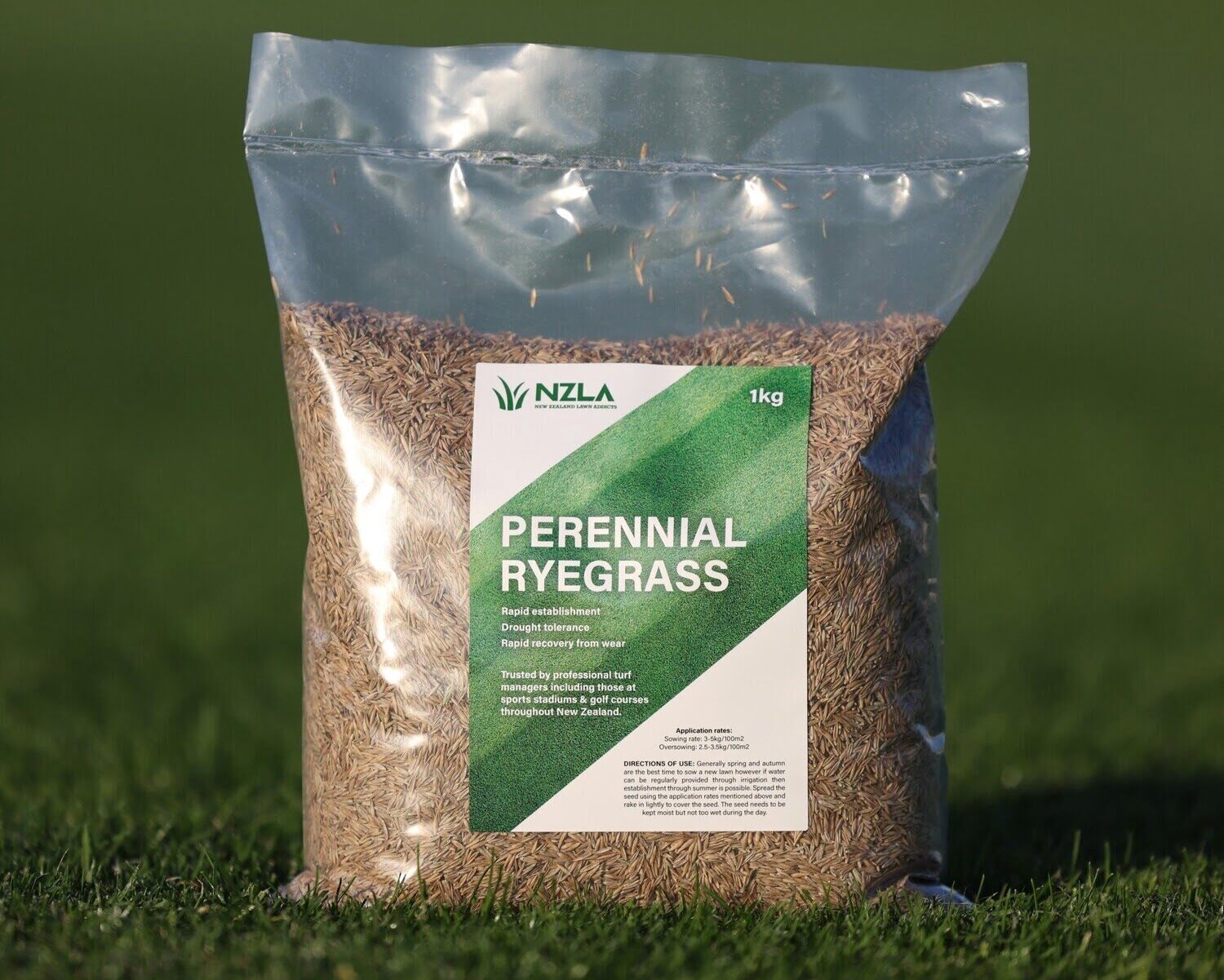
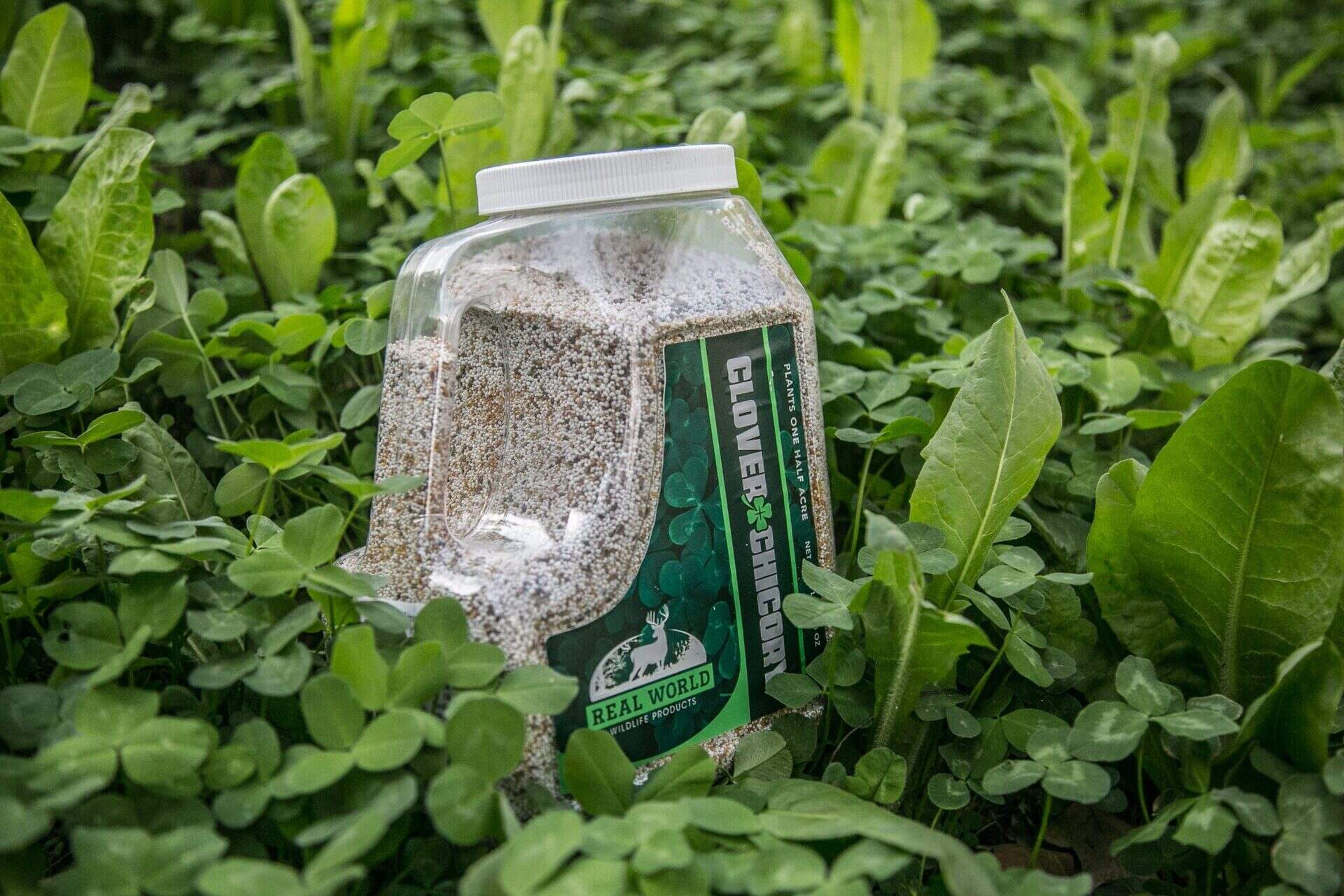
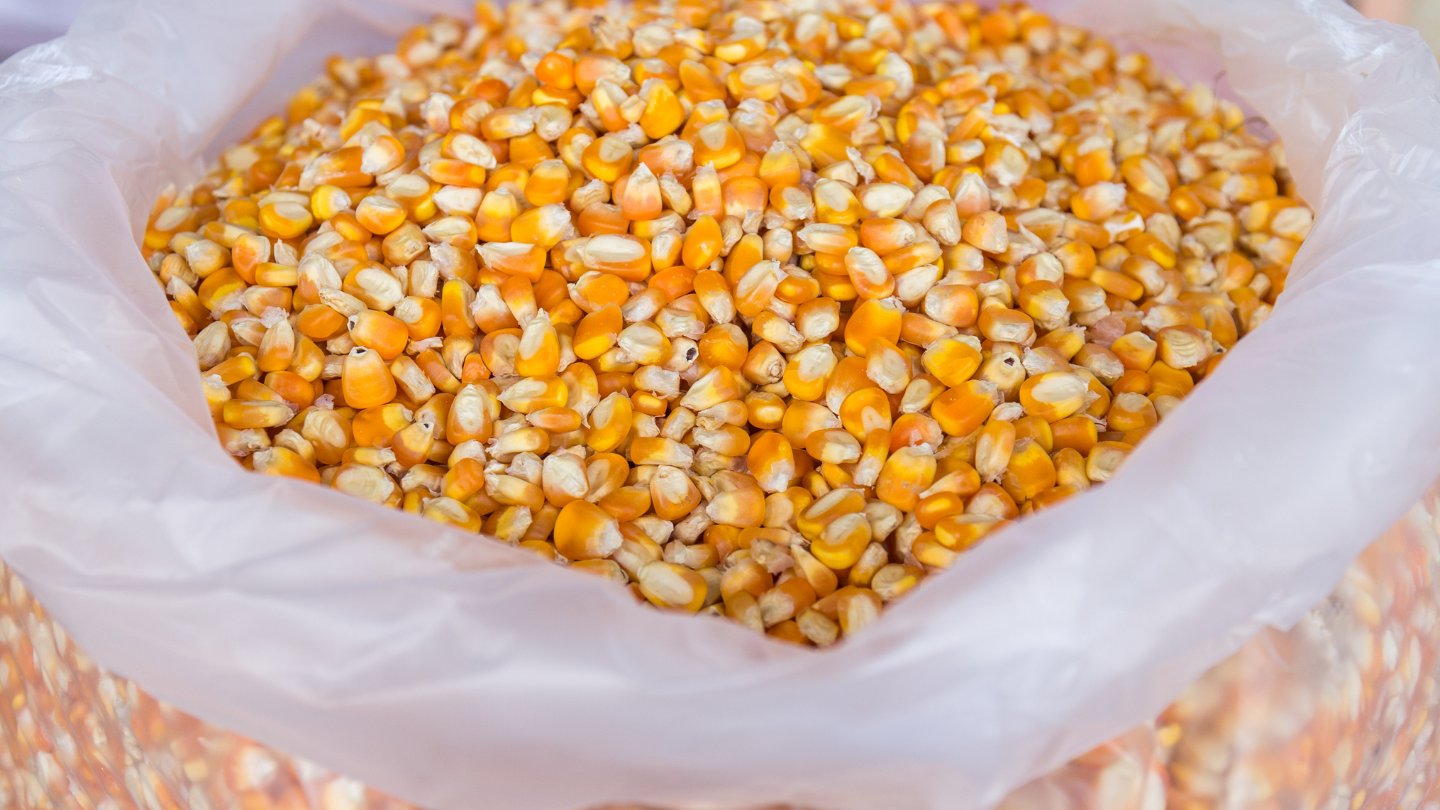
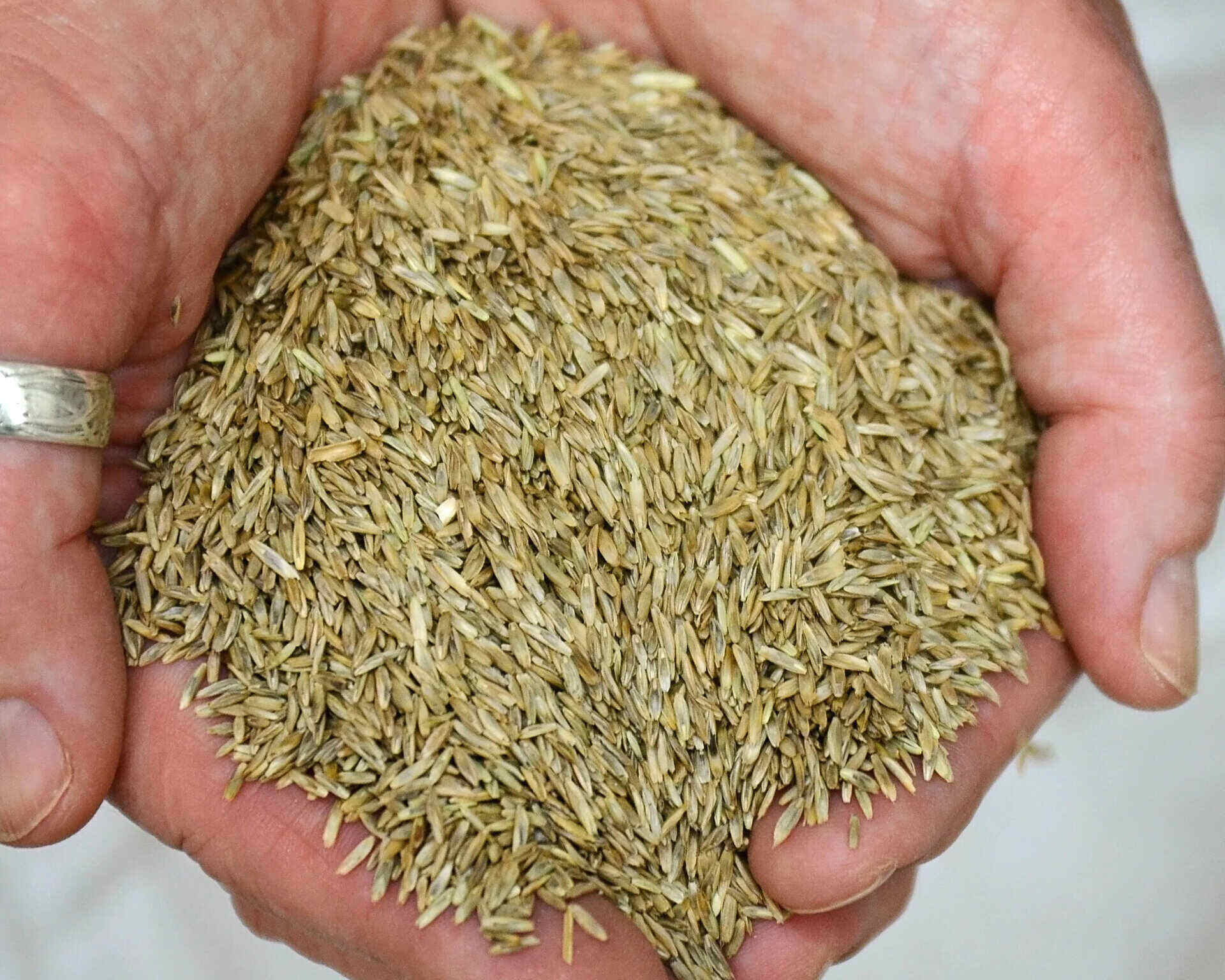
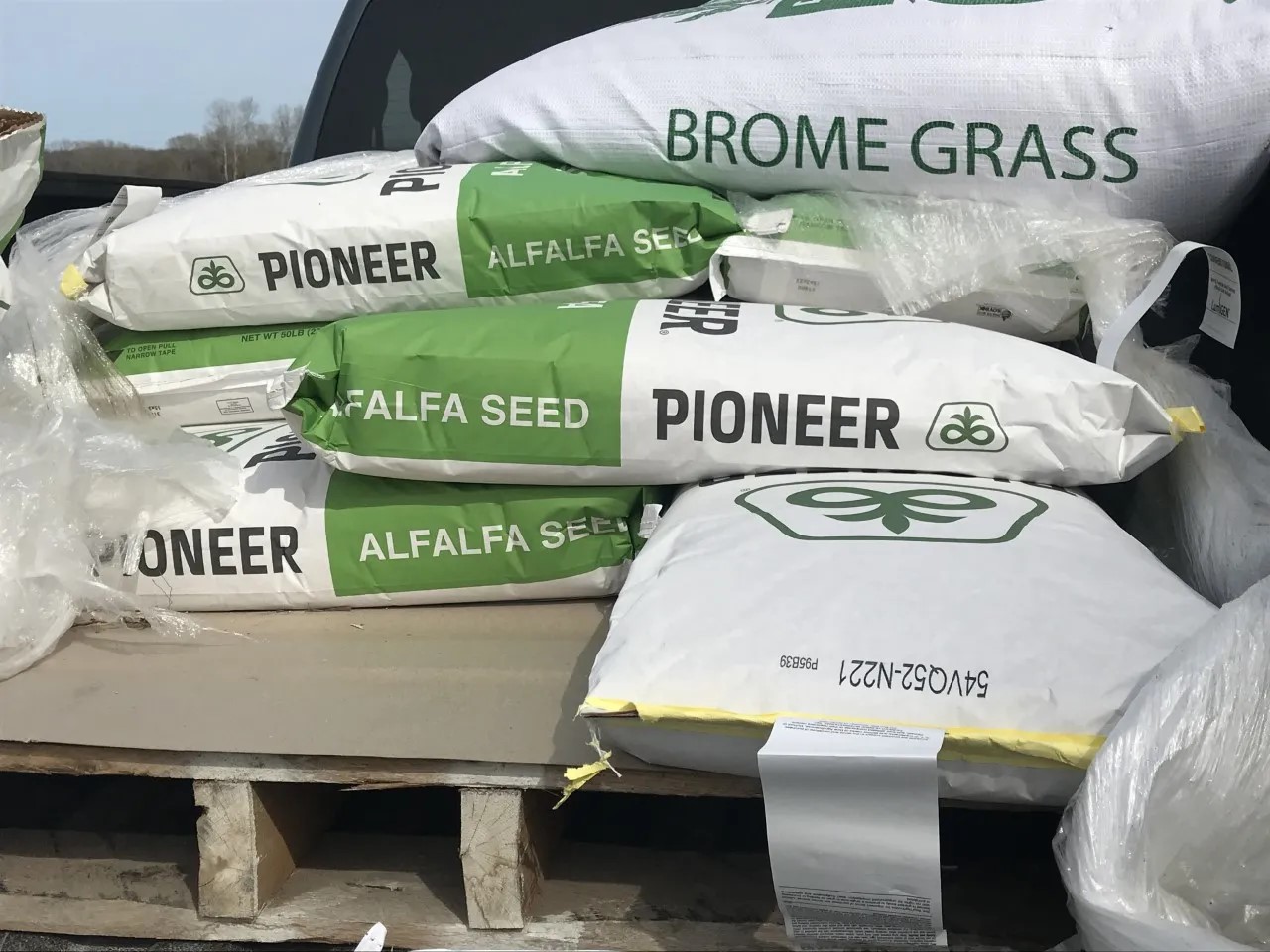
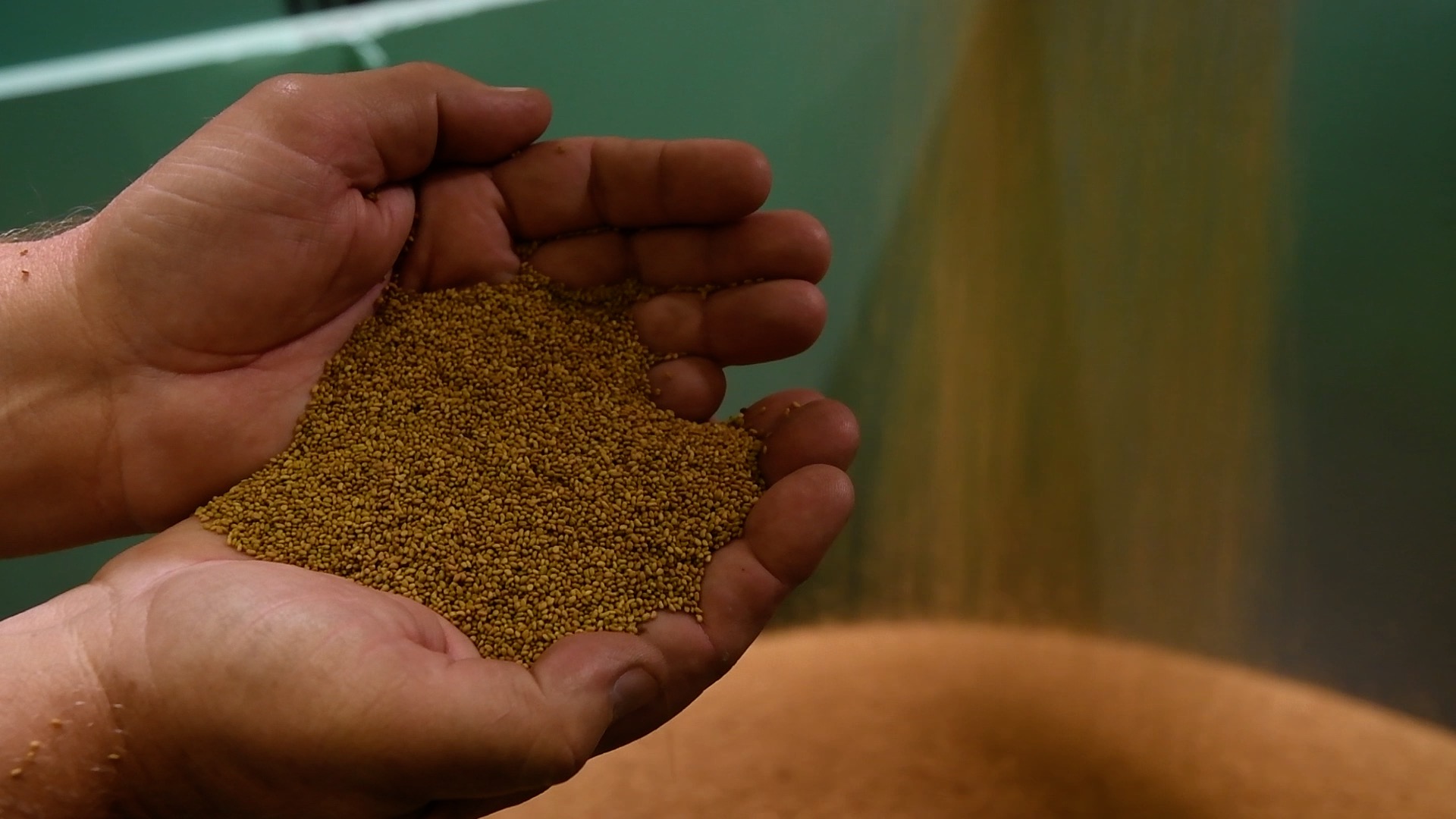
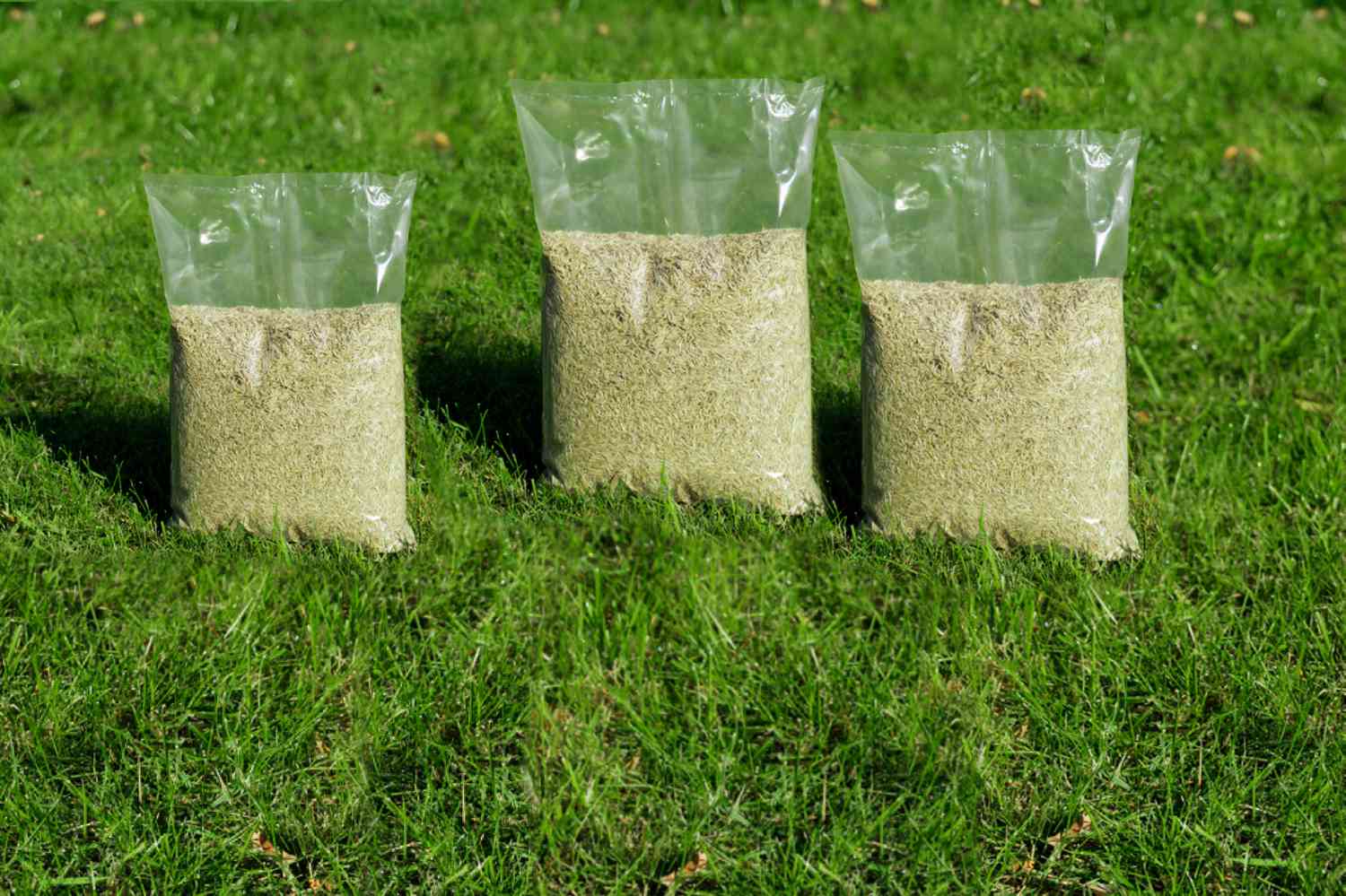
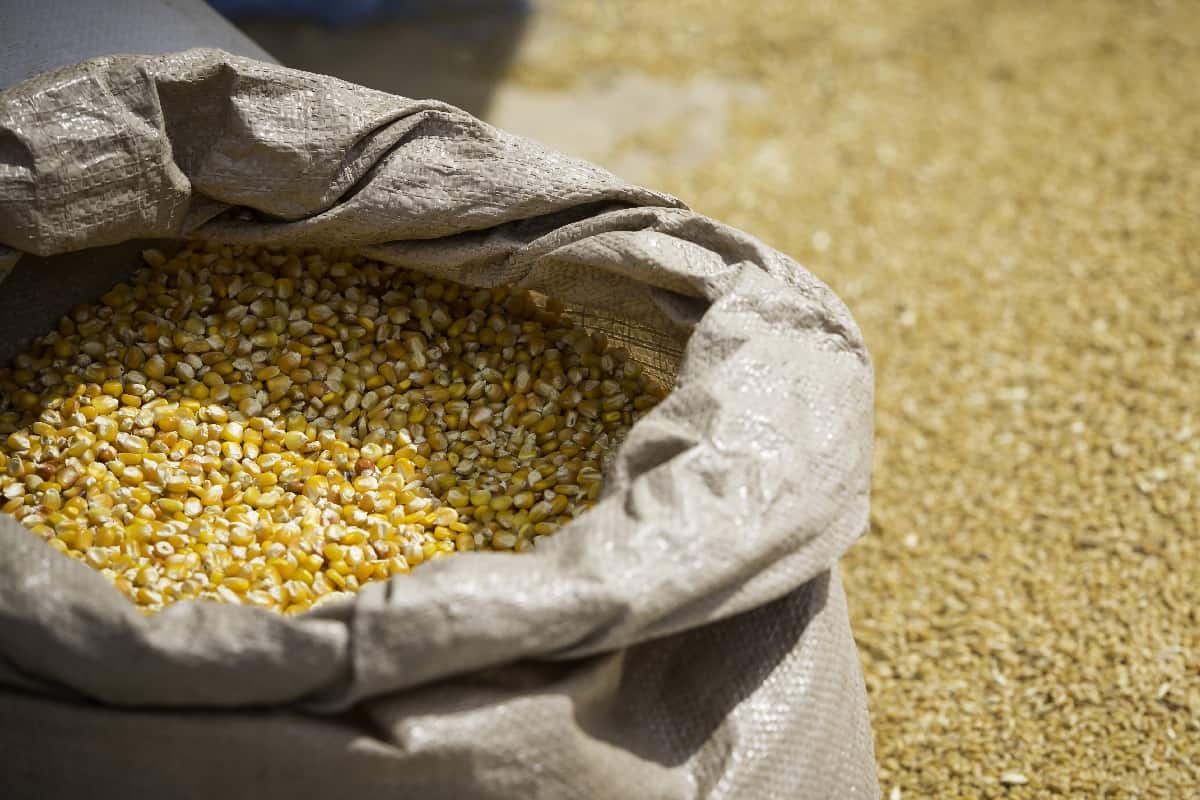
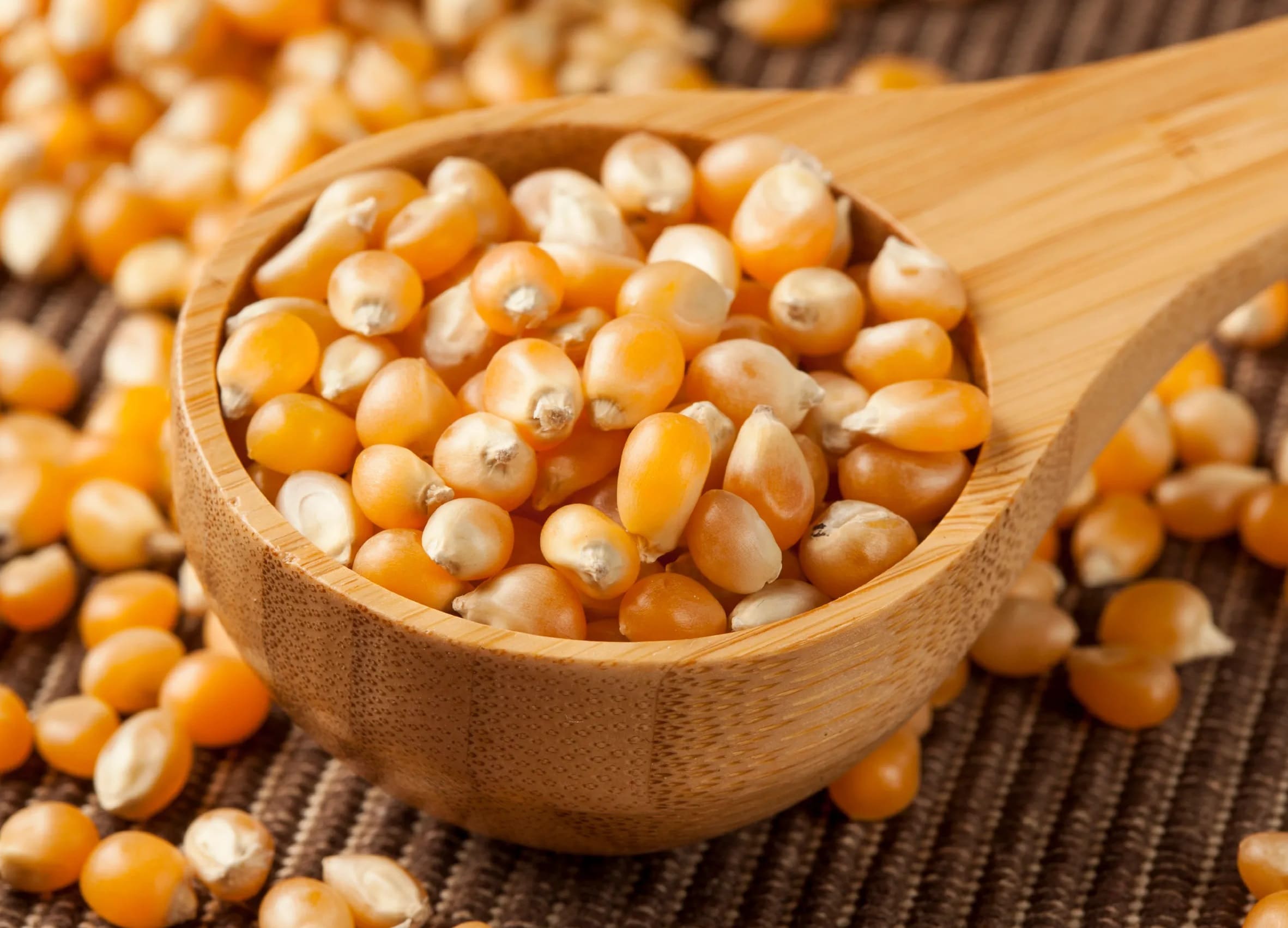
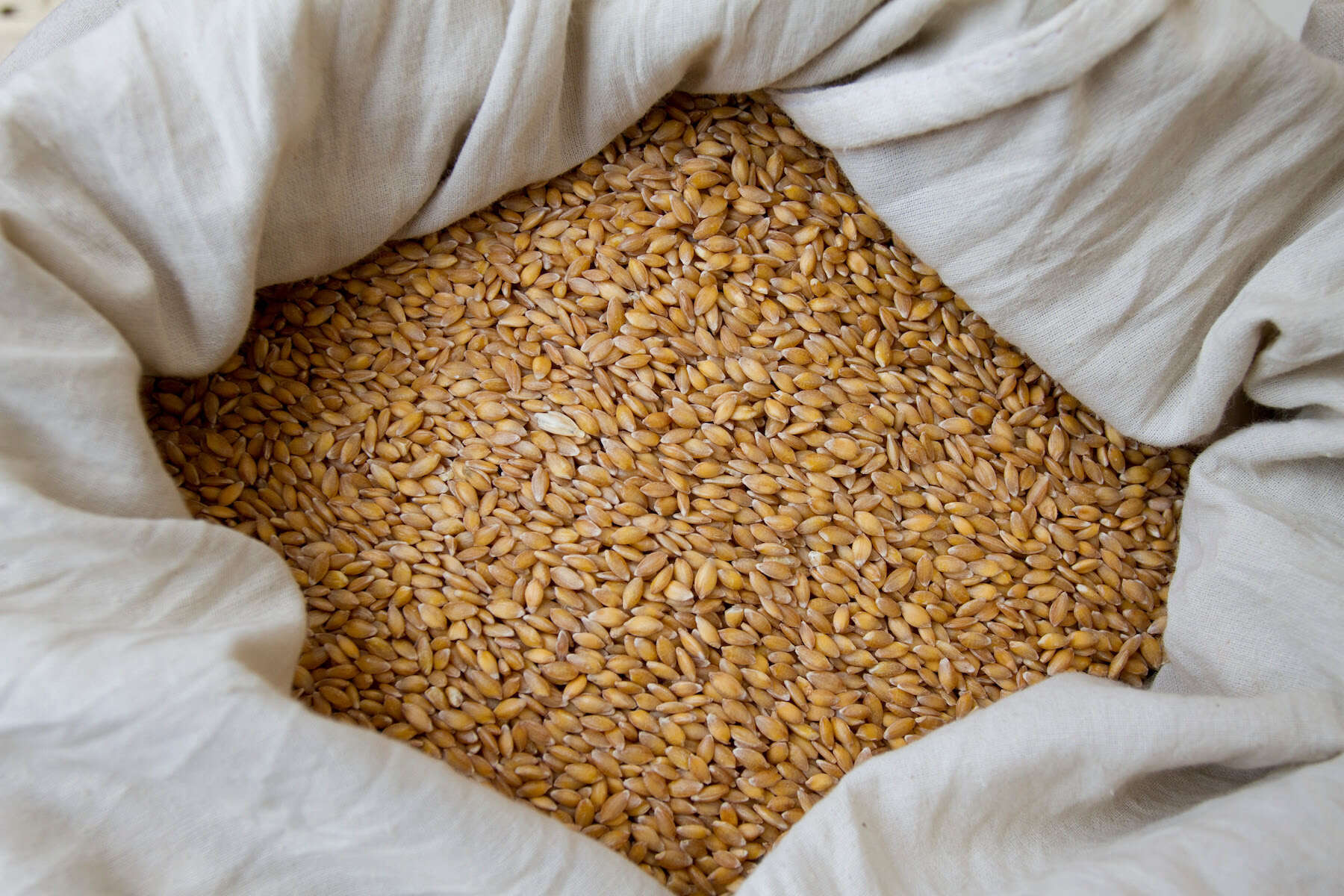
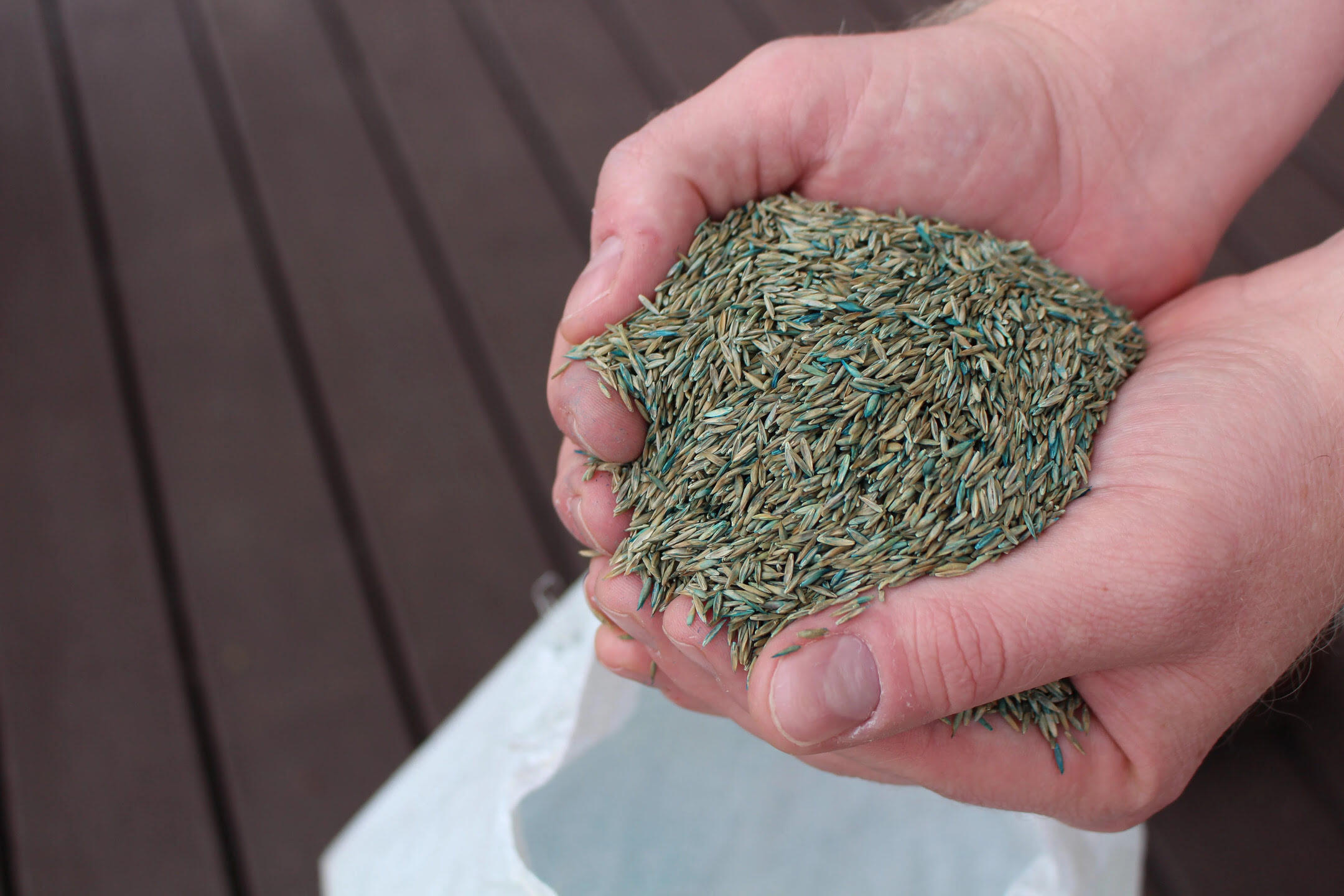
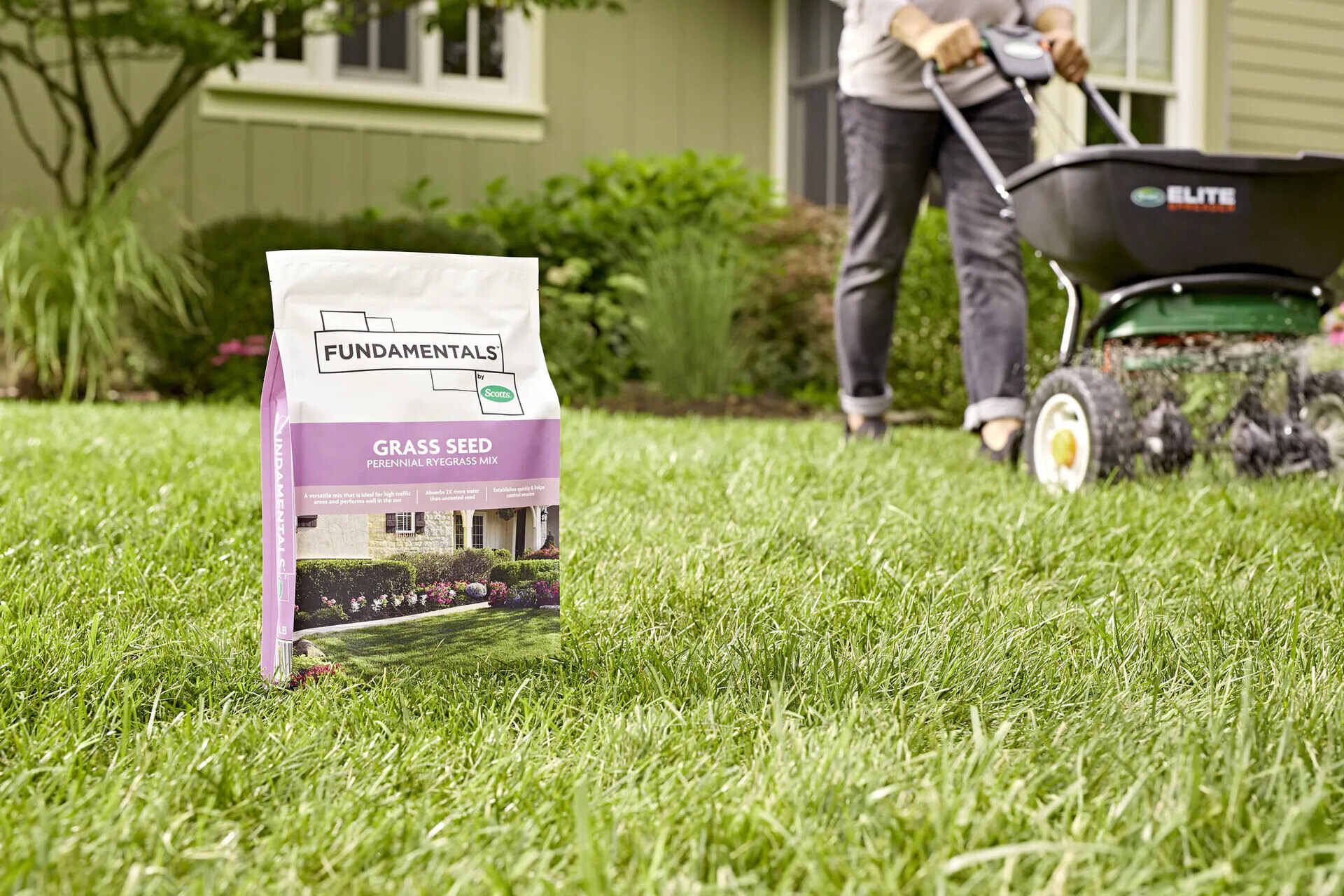

0 thoughts on “How Much Corn Seed Needed Per Acre”